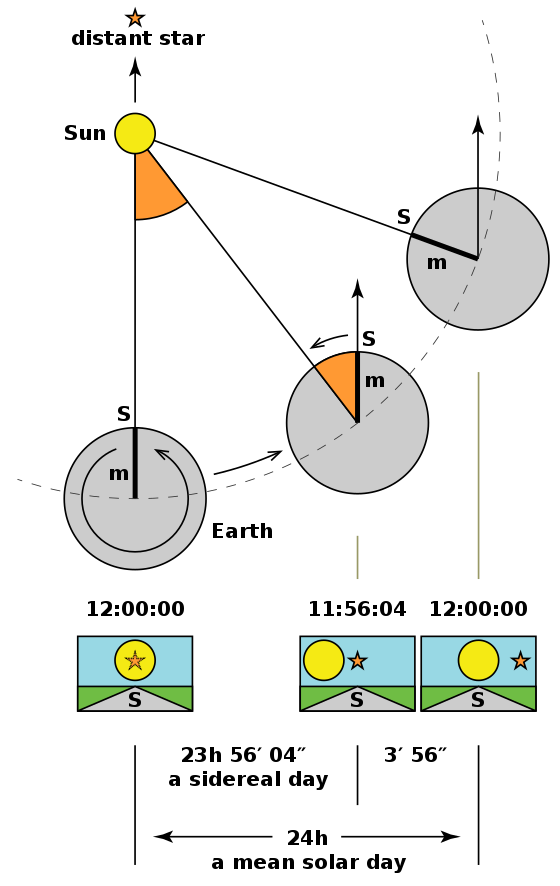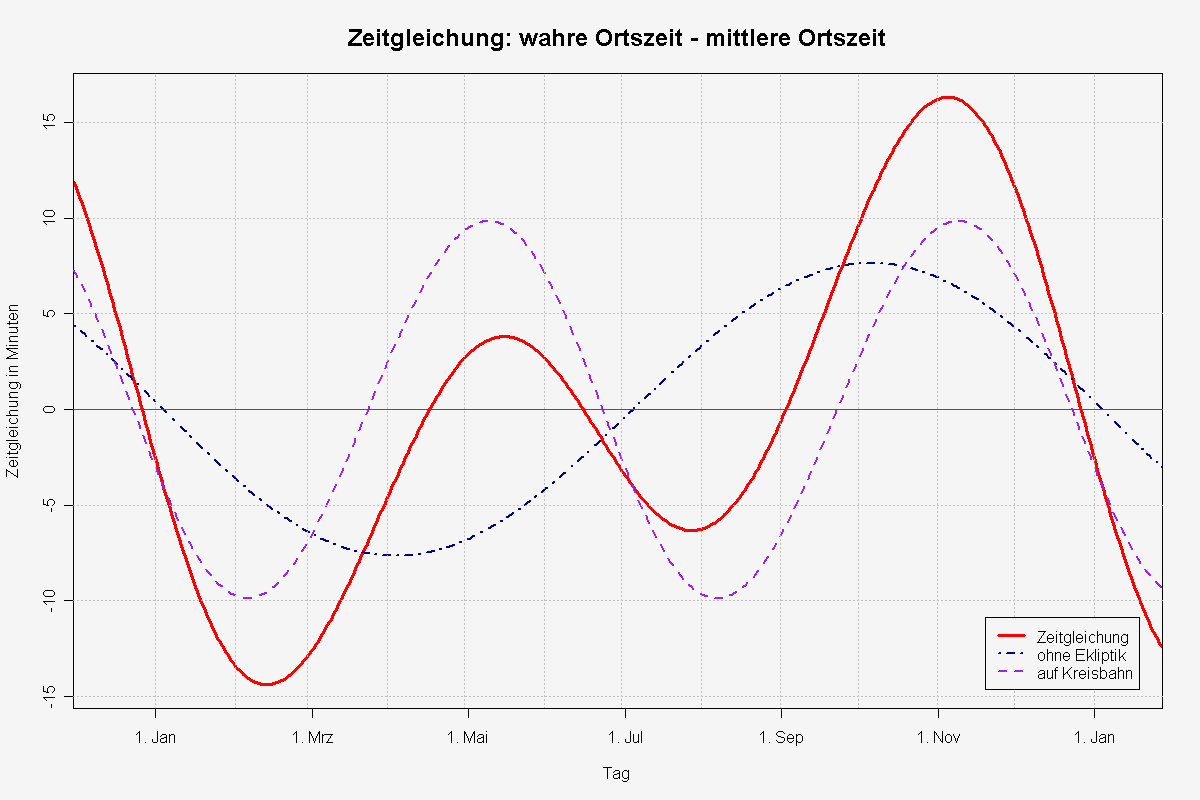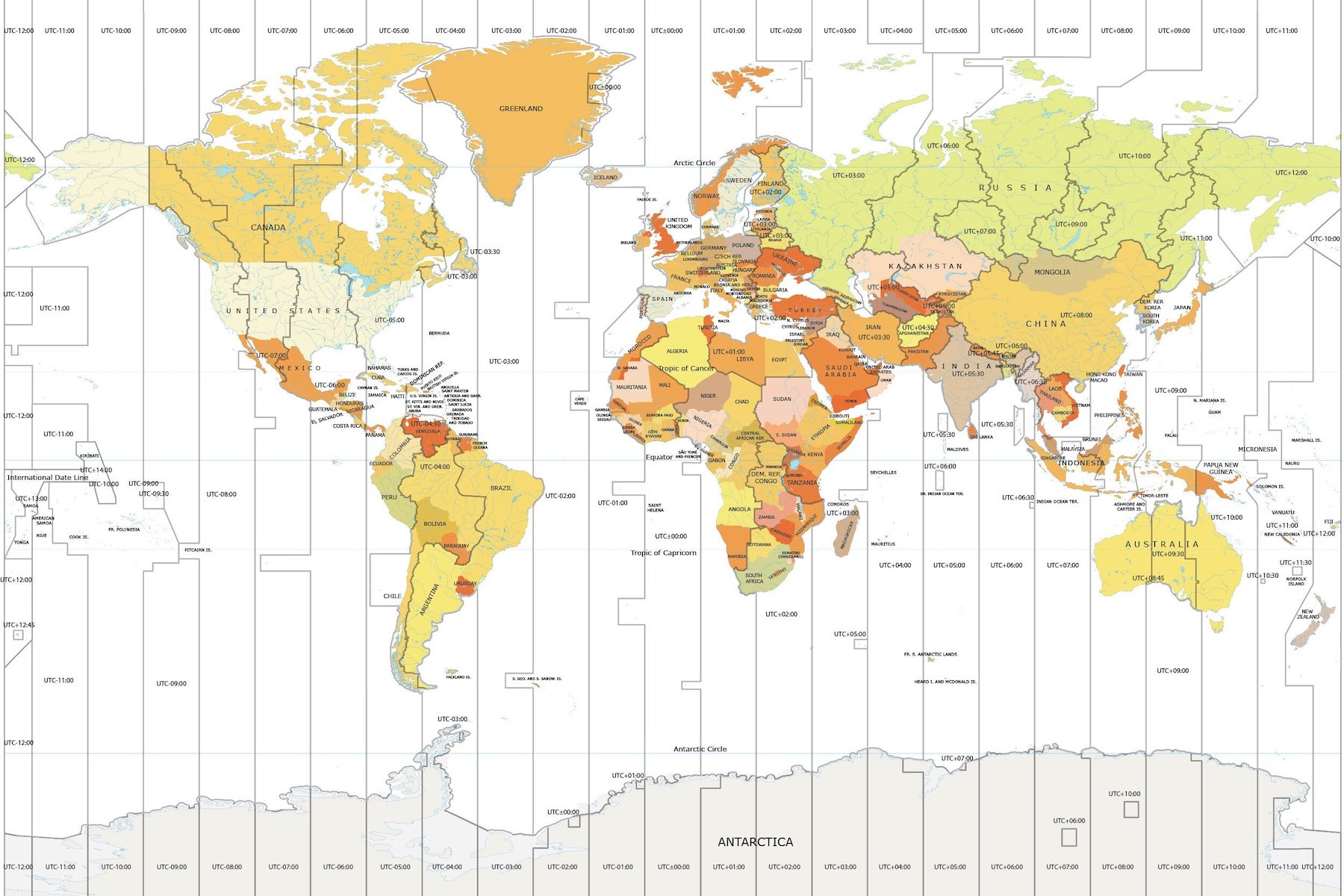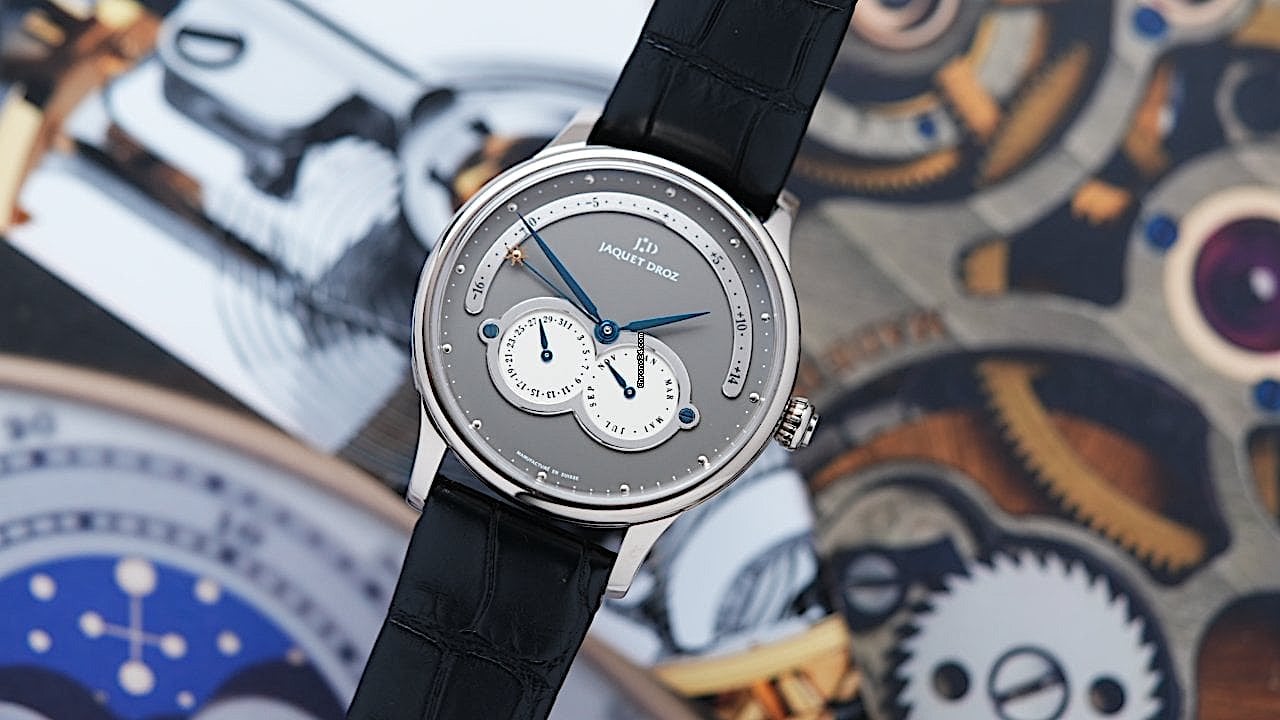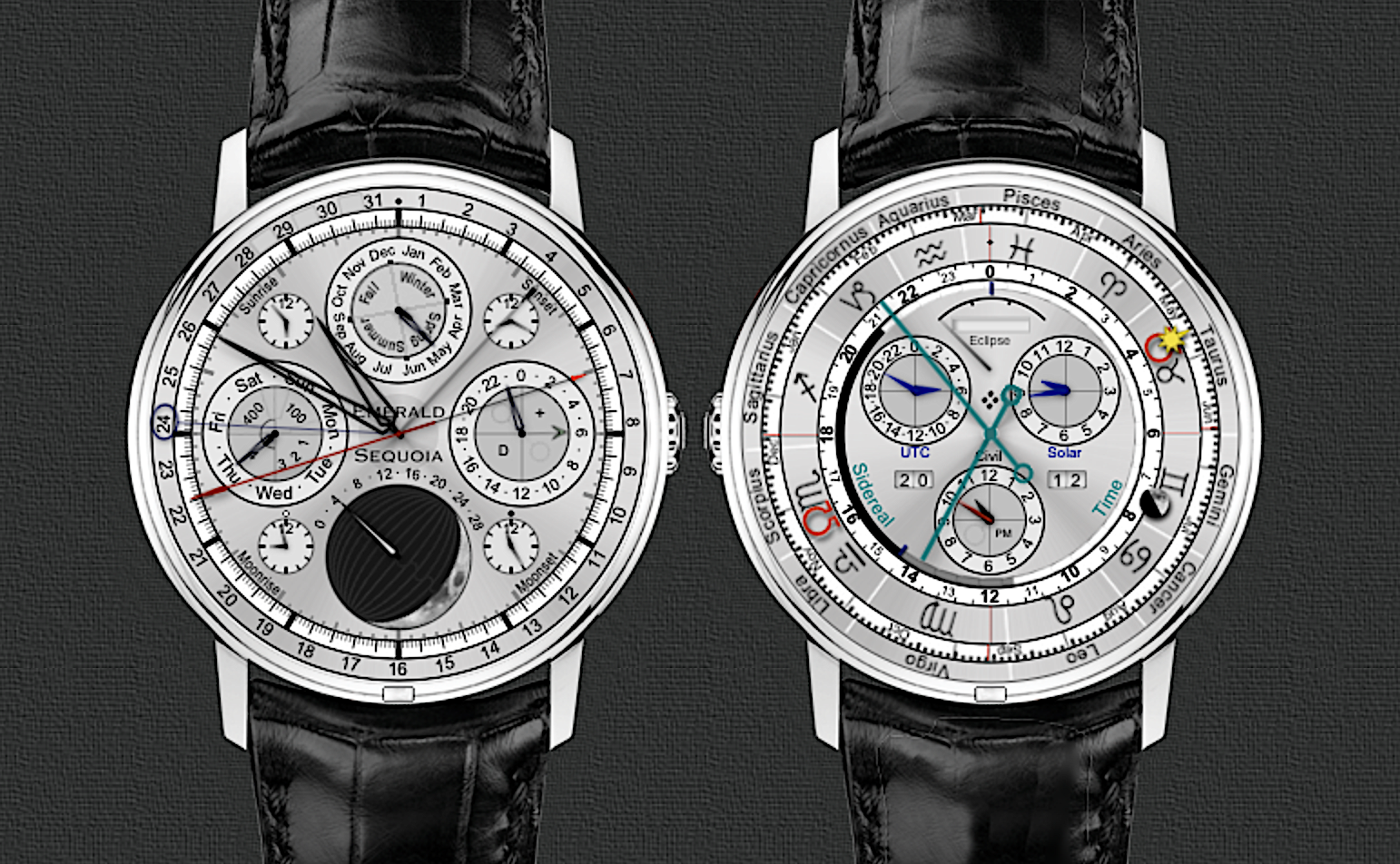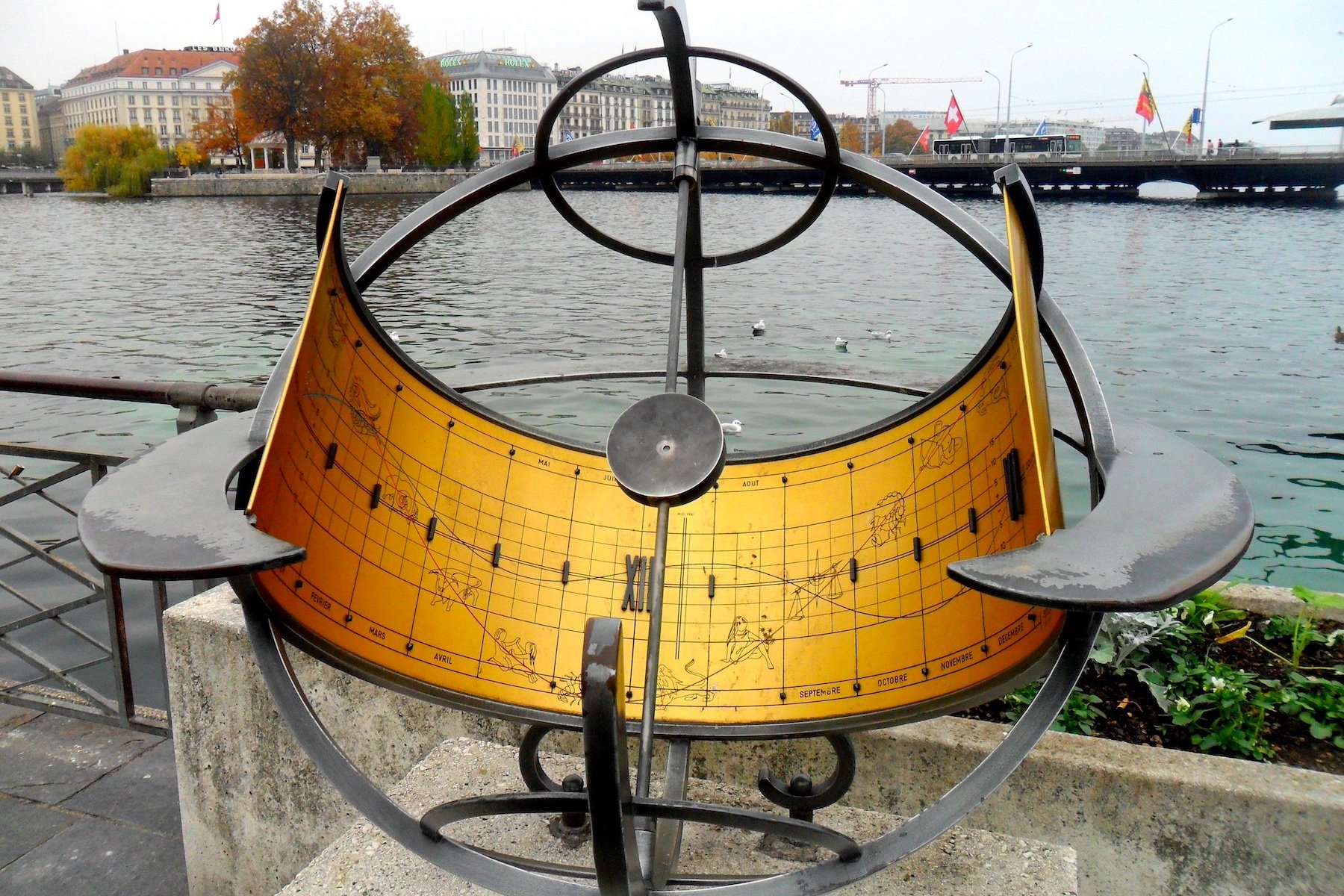Equation Of Time — Simply Explained
As a watch aficionado, you must have noticed that the Equation Of Time (EOT) is found on some of the most complex and expensive watches, so it must be important, right? Unfortunately, when googling Equation Of Time, one finds dazzling formulas and lengthy pieces of scientific text. But what does it mean to those of us without a degree in astronomy? Although I must admit the foundation is complex, let me try to explain the Equation Of Time simply.
Equation Of Time
We think of a day on our planet as 24 hours, but that actually depends on how “a day” is defined. A solar day is indeed around 24 hours. Our planet turns, and it takes exactly 24 hours for the same spot to face the Sun. However, Earth not only revolves on its axis, but it also travels around the Sun approximately once every 365 days. Because of this, it takes more than one complete rotation for precisely the same spot on Earth to face the Sun.
Solar and sidereal days
We call the time that Earth takes to make one rotation on its axis a sidereal (sy-DEER-ee-əl) day, and it’s slightly shorter than a solar day. Because we travel around the Sun in approximately 365 days, we need about one degree extra rotation to face the Sun in the same spot on Earth. A sidereal day — one full rotation of Earth — is, therefore, nearly four minutes (almost 1°) shorter than a solar day.
Solar days are the ones to count for EOT
For the Equation Of Time, the 24-hour solar days are essential; sidereal days have nothing to do with EOT. We live on Earth, and the apparent time related to the Sun here is all that matters. I promised to keep it simple, so let’s get to the point.
How does this relate to time for us?
Why do we want to measure the Equation Of Time, and how does it relate to time as we experience it? Due to the fact that Earth’s orbit around the Sun is both elliptical (rather than circular) and on an incline (rather than horizontal), most of our days aren’t exactly 24 hours. In fact, only four of them are. It takes precisely 24 hours for the Sun to return to the exact same position in the sky on February 11th, May 15th, July 25th, and November 4th. On other days, it might vary between -21 seconds in September and +30 seconds a day in December.
Taking these variations into account, the actual difference between the true solar time and the time indicated on our watches can be as much as -14 or +16 minutes. In the above graph, one dotted line shows the difference in time as a result of Earth’s elliptical orbit, while the other shows it as the result of the orbit’s incline. The red line shows the time difference as a result of these factors combined. This graph also makes it clear that solar time and the time on our watches are only the same four days a year (April 15th, June 13th, September 1st, and December 25th).
Solar noon
Let me explain this with the example of solar noon. The idea was that at 12:00, in any location in the Northern Hemisphere, the Sun would be exactly in the south. Of course, this goes terribly wrong because we don’t live all on the same meridian, which is why humans invented time zones. Based on the Coordinated Universal Time (UTC), which is at the primary meridian (zero degrees longitude), we made twenty-four 15-degree time zones around the world, all with a time difference of one hour. I don’t want to go too deep into the fact that time zones do not follow a perfect north-south line. They adapt to the political boundaries of countries, and some do not differ one hour from their neighbor. Because of this, in your country or location on Earth, solar noon may be quite different than 12:00.
Offset from the primary meridian
However, that discrepancy is easily calculated. While 15 degrees make up one hour, the difference to solar noon at your location is your longitude position in degrees east or west of the primary meridian (zero degrees), divided by 15 degrees, times 60 minutes. Let me show this by the location of the Fratello HQ in The Hague, Netherlands. The position of our office is 4.345 degrees east of the primary meridian, so we would use the equation (4.345 ÷ 15) × 60. Because the sun moves from east to west across the sky, solar noon would happen 17.38 minutes before 12:00 UTC. Most of Europe, including the Netherlands, however, uses the UTC+1 time zone, and thus, solar noon would be at 12:42.62 on our watches.
Equation Of Time comes into play
But that’s where the Equation Of Time becomes important. Solar noon at 12:42.62 is only true, as explained above, four days a year. All other days differ from that time, and that is exactly what the Equation Of Time is all about. Found through this online calculator on the day of writing this article — February 6th, 2023 — the Equation Of Time is -14.1 minutes. That means that solar noon at our HQ is at 12:56.72 hours (on our watches). We have to add these “minus minutes” to the solar time, as EOT indicates the solar time in relation to the time on our watches.
How to easily determine the actual solar time
Besides using the online calculator, as I did above, there are all kinds of ways to determine the actual solar time, or at least the difference between solar time and the time that humans use. Of course, there are smartphone apps, but, as you know, there are also watches that indicate the EOT.
These EOT watches can vary from only indicating the time offset between solar and our time on Earth to even taking the wearer’s city into account. I spiced this article up with some of the nicest examples, but I encourage you to find more brands and/or models and publish them in the comments below. Although I support the idea of everyone buying a real watch with EOT functionality, I do understand that the price involved prevents many of us from doing so. For those, I’d like to link to the virtual Emerald Geneva watch that sports EOT functionality, besides many more astronomical complications.
Some things to remember
- EOT is an added value. On the days that the EOT happens to be zero, the solar days are not exactly 24 hours. EOT indicates the difference from the solar time to the time on our watches, not the difference in the actual length of a day.
- EOT is the same anywhere on earth. It’s independent of your longitude and latitude position.
- Your offset to UTC in relation to your time zone (UTC + or – a number of hours) might cause a much bigger difference between solar time and the time on your watch than EOT does.
- EOT is especially useful on sundials. As sundials always show the time according to the sun, it’s convenient to know the offset to the actual man-made time at that location.



